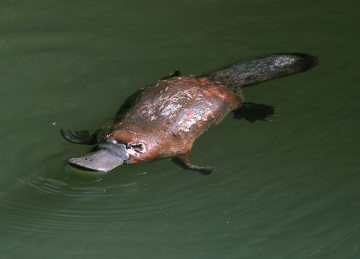You scorpions they are arachnids that can cause serious accidents. Unlike many animals, the scorpion has its venom located in its tail, in a region called the telson. When attacking in a hurry, it inoculates the venom through a stinger located there.
Scorpion venom, depending on the species, can cause a lot of pain, excessive sweating, nausea, vomiting, increased heart rate, difficulty breathing, and even death. Therefore, it is essential to know these animals and their habits in order to avoid accidents.
In our country, on average 9,000 accidents with scorpions are registered per year, some of which are extremely serious. All species of great medical importance found here are of the genus Tityus.
Below we describe the characteristics of the main scorpions found in our territory:
- Yellow Scorpion (Tityus serrulatus) - As its name indicates, it has a light yellow color and some darker spots on the trunk and tail region. It is found in warmer, drier areas. This species is considered the most poisonous in South America.
- Brown Scorpion (tityus bahiensis) - That animal it has a reddish-brown color and its legs are lighter and more stained. It is present in wetter places.
- Northeast Scorpion (Tityus stigmurus) - This scorpion is light yellow in color and has a dark triangle-shaped spot on its head. It is found in hot, dry areas.

In Brazil, all scorpions responsible for serious accidents are of the genus Tityus
To avoid the presence of scorpions, it is important to always clean the house and yard, removing debris, garbage and construction materials. Scorpions love cockroaches, so a clean house with no litter and no insects may not be attractive to this arthropod.
Sometimes, however, it is not possible to avoid the presence of these animals, so you should pay extra attention. First, always remember to shake out personal clothes and bedding and always look inside shoes before putting them on. Also avoid handling debris and building materials without proper protection.
Attention! If you are bitten by a scorpion, go quickly to the nearest hospital and, if possible, take the animal with you. It is important not to use ointments or any home remedies. Just wash the area with soap and water and seek medical attention. The treatment is done through anesthetics and, in some cases, antiscorpionic serum is administered.
By Ma. Vanessa dos Santos


